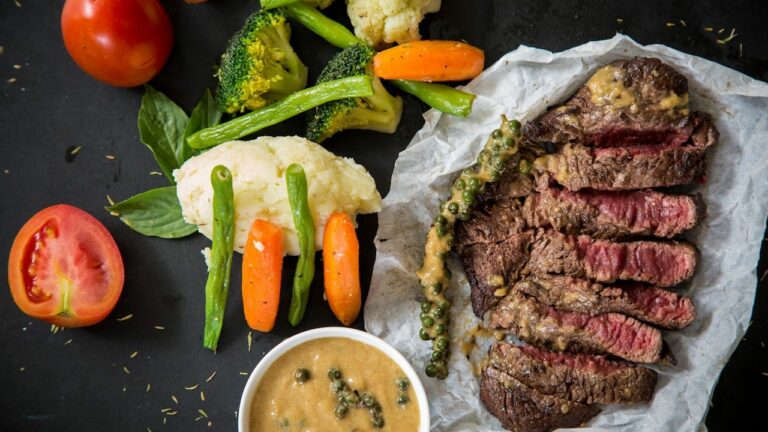Introduction: São Tomé and Príncipe cuisine
São Tomé and Príncipe is a small island country located in the Gulf of Guinea, off the coast of West Africa. The country’s cuisine is a reflection of its history and culture, influenced by Portuguese, African, and Brazilian culinary traditions. With a focus on fresh seafood, tropical fruits, and vegetables, São Tomé and Príncipe’s cuisine is known for its bold flavors, vibrant colors, and unique ingredients.
The main ingredients in São Tomé and Príncipe cuisine
The main ingredients in São Tomé and Príncipe cuisine include fish, shellfish, chicken, pork, beans, rice, cassava, plantains, bananas, coconut, and palm oil. These ingredients are used to create a variety of stews, soups, and rice dishes, often seasoned with garlic, onion, tomato, and hot peppers. Tropical fruits such as mango, papaya, and pineapple are also commonly used in desserts and drinks.
Unique ingredients used in São Tomé and Príncipe cuisine
One unique ingredient in São Tomé and Príncipe cuisine is the “pexixe” or “snake fish,” a slender, eel-like fish that is found in the country’s rivers and streams and is considered a delicacy. Another unique ingredient is “manioc flour,” made from the cassava root and used as a thickening agent in stews and sauces. “Gindungo” or “piri-piri,” a small but fiery hot pepper, is also commonly used to add heat to dishes.
Traditional dishes that feature unique ingredients
Traditional dishes that feature unique ingredients in São Tomé and Príncipe cuisine include “calulu,” a stew made with fish, shrimp, vegetables, and manioc flour, and “muamba de galinha,” a chicken stew with palm oil, okra, and spices. “Torta de amendoim,” a peanut cake made with condensed milk and coconut, is a popular dessert that showcases the country’s use of tropical ingredients.
Cultural significance of unique ingredients in São Tomé and Príncipe cuisine
The use of unique ingredients in São Tomé and Príncipe cuisine reflects the country’s history and culture, as many of these ingredients were introduced by Portuguese colonizers and African slaves. These ingredients and dishes have become an important part of the country’s identity and are celebrated during festivals and gatherings.
Conclusion: Why São Tomé and Príncipe cuisine is worth exploring
São Tomé and Príncipe cuisine offers a unique blend of Portuguese, African, and Brazilian flavors, with a focus on fresh seafood and tropical ingredients. The use of unique ingredients such as the pexixe fish, manioc flour, and gindungo pepper adds depth and complexity to dishes, making them truly special. Exploring São Tomé and Príncipe cuisine is a journey through the country’s history and culture, and an opportunity to discover new and exciting flavors.

